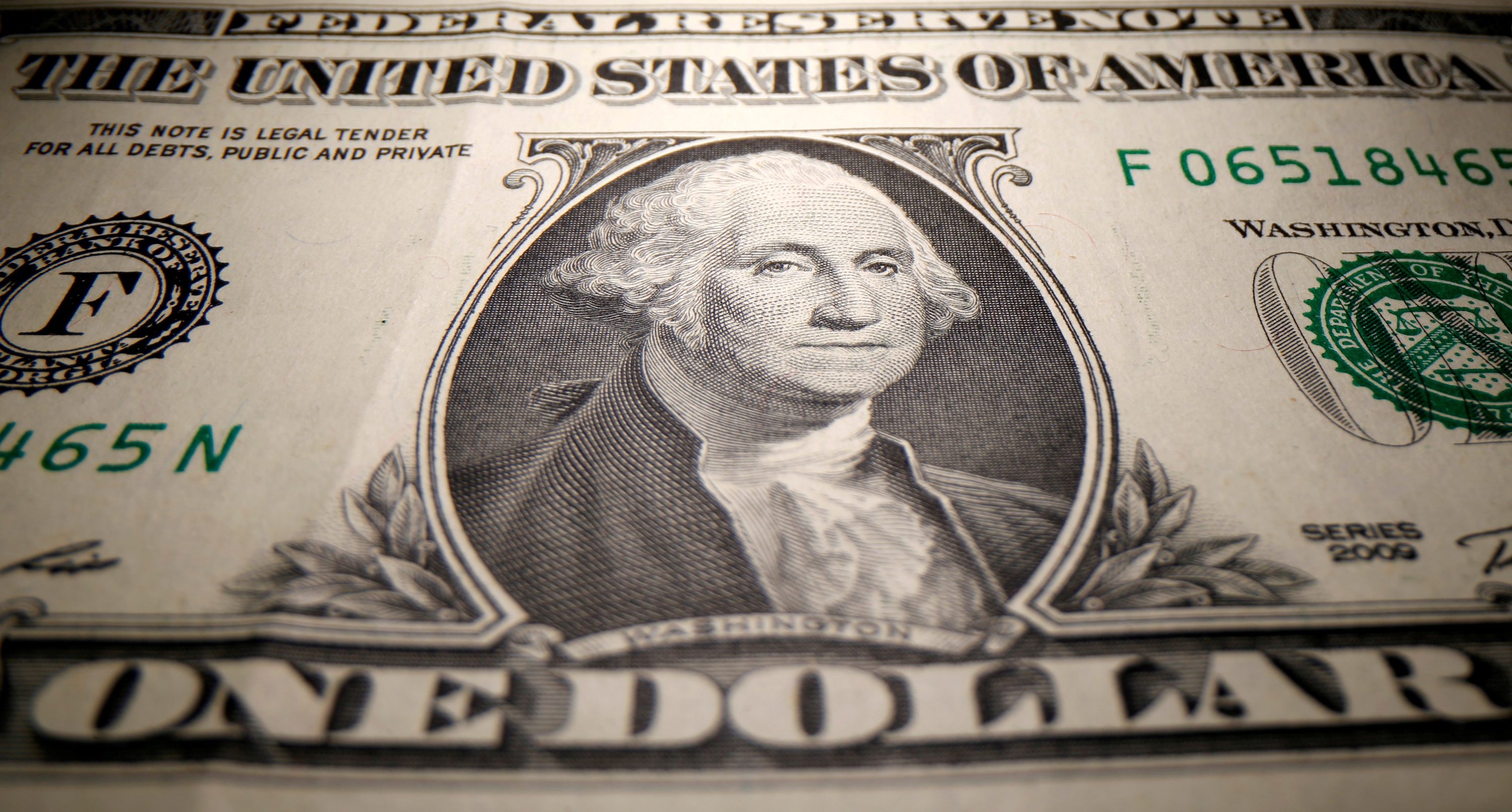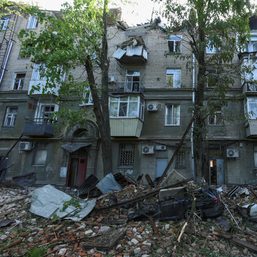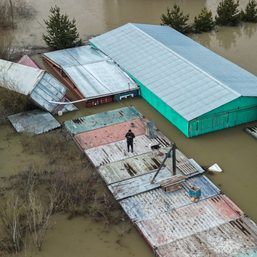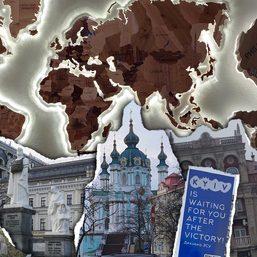SUMMARY
This is AI generated summarization, which may have errors. For context, always refer to the full article.

Investors in Russia’s international bonds face an increasingly uncertain path to recover their money should Russia ultimately default, while the country itself would face increased financial isolation and hurdles to regain investor confidence.
Russia’s ability to fulfill its debt obligations is in focus after sweeping sanctions in response to Moscow’s invasion of Ukraine have frozen nearly half of its $640 billion in gold and foreign reserves and limited access to global payment systems.
The US Treasury Department this week halted Russia’s ability to use foreign currency reserves held by the Russian central bank at US financial institutions to pay its debt.
That forced Russia to come up with an alternative to pay more than $600 million in sovereign debt dues, placing the rouble equivalent of those payments for bondholders from so-called unfriendly nations in special accounts at Russia’s National Settlement Depository.
How bondholders get to the funds is a big question mark.
“Bondholders are doing scenario planning now,” said Kenneth Rivlin, a partner at Allen & Overy’s New York office. “If they’re not, they should be.
“I think it’s going to be a long and winding road for bondholders to get recovery.”
Rivlin said the process of getting money transferred from Russia to international bondholders was fraught as financial institutions in the chain would risk sanctions and have to engage external lawyers to seek a license from sanctions authorities to proceed.
Funds from Russia to bondholders have until now followed the process of going through correspondent bank JPMorgan to paying agent Citi. That unraveled this week, when JPM was prevented by the US Treasury from proceeding.
The amounts involved are not insignificant. JPM analysts said last month that foreigners owned around $79 billion of Russia’s debt securities, including local currency bonds, sovereign hard currency euro bonds, and corporate hard currency eurobonds.
Data from industry tracker Morningstar Direct showed large money managers such as BlackRock, PIMCO, and Western Asset had exposure to Russian bonds before the conflict started. PIMCO and BlackRock declined to comment. Western Asset did not immediately respond to a comment for request.
Russia has a 30-day grace period to make the dollar payment, but if the cash does not show up in bondholders’ accounts within that time frame it would constitute a default. If that happens, expect bondholders to sue, experts said.
“I imagine bondholders could sue Russia for nonpayment, and perhaps they would try to get courts to attach frozen Russian assets as payment,” said Benjamin Coates, a history professor at Wake Forest University who is investigating the history of economic sanctions in the 20th century.
Under sanctions put in place after Russia invaded Ukraine on February 24, foreign currency reserves held by the Russian central bank at US financial institutions were frozen. But the Treasury Department had been allowing the Russian government to use those funds to make coupon payments on dollar-denominated sovereign debt on a case-by-case basis.
The payments had been allowed to “prevent disruption to US and European financial markets,” a US Treasury spokesperson said on Monday, April 4.
“The first few bond payments were also relatively small, and as the payments were going to get larger, this was the right opportunity to force Russia into more difficult decisions,” the spokesperson told Reuters.
Brian O’Toole, nonresident senior fellow with the Atlantic Council’s GeoEconomics Center and who was previously at the Treasury, said allowing the payments to be made was likely out of concern about the ripple effect from a potential Russian default.
The Treasury spokesperson added on Wednesday, April 6, that the decision to block payments was part of a broader plan to ramp up pressure against Moscow and was in the works before the emergence of grim images from the Ukrainian town of Bucha after being retaken from Russian forces, where bodies of civilians shot to death had been found.
Blocking payments from its frozen reserves would force Moscow to make a choice “between draining remaining valuable dollar reserves or new revenue coming in or default,” White House Press Secretary Jen Psaki told reporters on Tuesday, April 5.
Default implications
When looking at Russia’s fiscal position, with a $250-billion current account surplus, a default on a few billion dollars would be “largely a symbolic gesture,” said Elina Ribakova, deputy chief economist at the Institute of International Finance.
Still, a default – which would have been unthinkable before the invasion – could create a host of headaches for Russia.
While it is already locked out of the international borrowing markets due to the West’s sanctions, a default would mean it couldn’t regain access until creditors are fully repaid and any legal cases stemming from the default are settled.
If sanctions are removed at some point in the future, Russia’s reputation in financial markets would still be tarnished. That would depress Russia’s credit ratings and push up the borrowing rates paid by the Russian government and companies.
“Even if the war ends and sanctions are removed, to what degree will foreign firms and investors be willing to reengage with the Russian economy?” said Coates. – Rappler.com
Add a comment
How does this make you feel?












There are no comments yet. Add your comment to start the conversation.